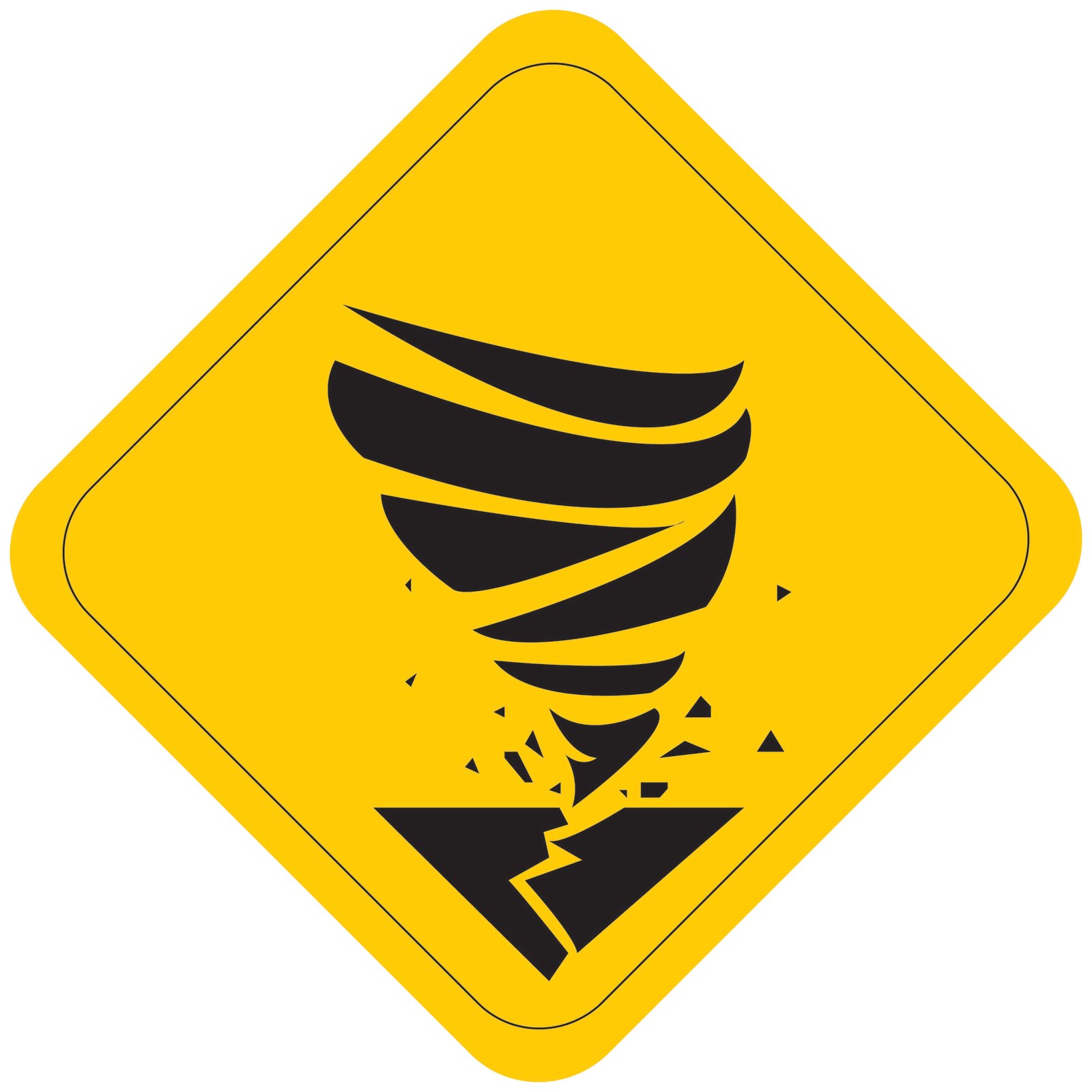What are Signs of a Tornado?
Tornadoes are one of the most destructive and dangerous natural disasters that can occur. They can form quickly and without warning, leaving little time for preparation. Understanding the signs of a tornado can help save lives and minimize damage. In this article, we will explore the various signs that indicate the presence of a tornado.
**A tornado is a violently rotating column of air that is in contact with both the surface of the Earth and a cumulonimbus cloud or, in rare cases, the base of a cumulus cloud. The tornado is often visible as a funnel cloud, a rotating column of air that is white or light gray in color.**
The Signs:
1. Dark and Greenish Sky
One of the first signs of a tornado approaching is a dark and greenish sky. The sky may appear unusually dark, even during daytime, and it may have a greenish tint. This is due to the presence of hail and other debris within the thunderstorm that is often associated with tornado formation. If you notice this eerie sky color, it’s important to take shelter immediately.
2. Wall Cloud
A wall cloud is a large, lowering cloud that appears as a localized, abrupt lowering of the base of a thunderstorm cloud. It is often an indication of intense updrafts and unstable atmospheric conditions, which can lead to tornado development. Wall clouds are usually rotating, and they may appear to be spinning or slowly rotating. If you see a wall cloud, it’s time to seek shelter and monitor the situation closely.
3. Rotation and Funnel Cloud
Rotation within a thunderstorm is a crucial sign of a developing tornado. If you observe a rotating cloud base or a rotating column of debris beneath a thunderstorm, it is a clear indication that a tornado may be forming. As the rotation intensifies, a funnel cloud may appear. A funnel cloud is a condensed, narrow, and typically tapering rotating column of cloud that is in contact with the surface. Although a funnel cloud is not yet in contact with the ground, it is a strong indication that a tornado is imminent.
4. Loud Roaring Sound
Another sign of a tornado is a loud, continuous roaring sound similar to a freight train. This sound is caused by the powerful winds and debris being lifted and thrown by the tornado. If you hear this distinctive noise, take immediate action and seek shelter. Do not rely solely on this sound as a warning sign, as tornadoes can sometimes form silently.
5. Debris Cloud
When a tornado is fully formed and on the ground, it often kicks up a large amount of debris. This debris can range from small objects like dirt and leaves to larger items such as tree branches and even vehicles. If you observe a swirling cloud of debris near the ground, it is a clear indication that a tornado is present. Seek shelter immediately and stay away from windows.
6. Hail and Heavy Rain
Tornadoes often occur within severe thunderstorms that produce large hail and heavy rain. If you notice hailstones larger than the size of a quarter, it is a sign that the storm is capable of producing a tornado. Additionally, intense rainfall and frequent lightning may accompany tornado formation. Pay attention to the weather conditions and take appropriate action if necessary.
Final Thoughts:
Being able to recognize the signs of a tornado is crucial for your safety and the safety of those around you. Remember, tornadoes can form rapidly and without warning, so it’s important to stay informed and be prepared. Invest in a weather radio or a reliable weather app to receive alerts, and have a plan in place for seeking shelter. During severe weather, always prioritize your safety and act quickly.
Frequently Asked Questions
Q: How long does a tornado last?
Tornadoes can vary in duration, ranging from a few seconds to more than an hour. The average tornado lasts for about 10 minutes, but some tornadoes can endure for much longer.
Q: Can tornadoes occur at night?
Yes, tornadoes can occur at any time of day, including at night. However, nighttime tornadoes can be particularly dangerous because they are often more difficult to see and can catch people off guard.
Q: What should I do if I’m caught outside during a tornado?
If you find yourself caught outside during a tornado, seek shelter in a sturdy building as quickly as possible. If there is no shelter nearby, lie flat in a low-lying area and cover your head with your hands to protect against flying debris.
Q: Is it safe to hide under an overpass during a tornado?
No, seeking shelter under an overpass during a tornado is not safe. Overpasses can actually increase the speed and strength of the wind, putting you at a higher risk of injury. It is best to find a sturdy building or lie flat in a low-lying area.
Q: What should I do after a tornado has passed?
After a tornado has passed, it’s important to assess the immediate environment for any hazards, such as downed power lines or gas leaks. Check on the well-being of those around you and be prepared to provide assistance if needed. Listen to local authorities for instructions and avoid entering damaged buildings.
Final Thoughts
Tornadoes are a powerful and destructive force of nature. By understanding the signs of a tornado and taking appropriate action, you can protect yourself and your loved ones during severe weather events. Always stay informed, have a plan in place, and prioritize your safety. Remember, it’s better to be over-prepared than under-prepared when it comes to tornadoes. Stay safe!
